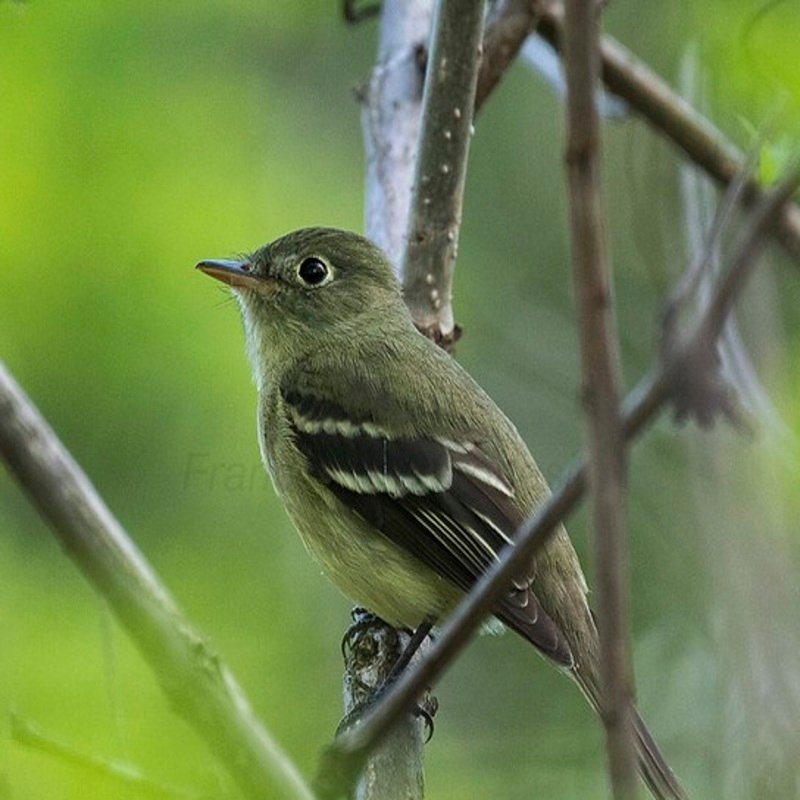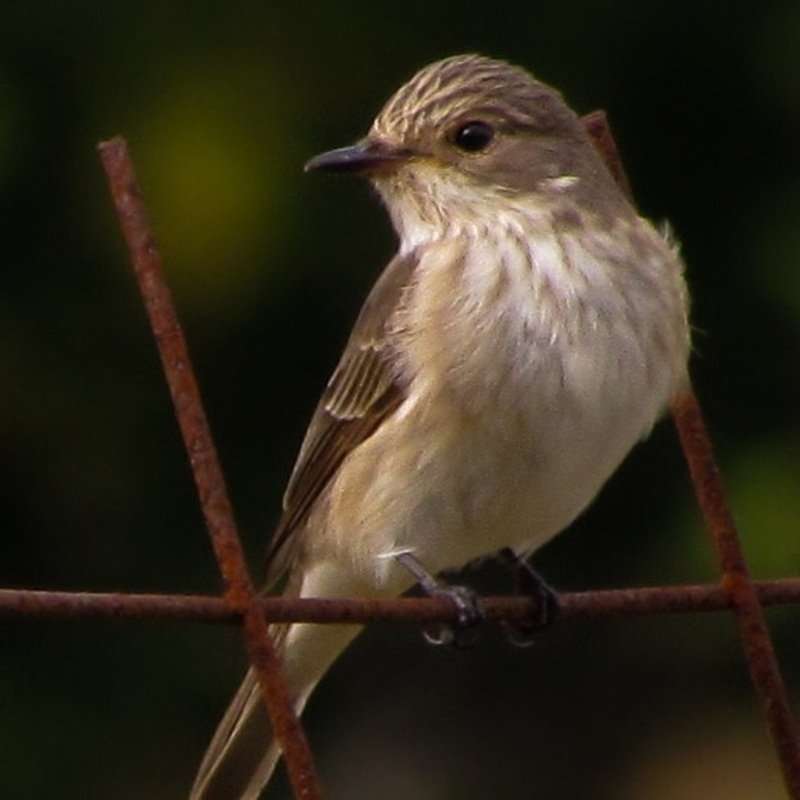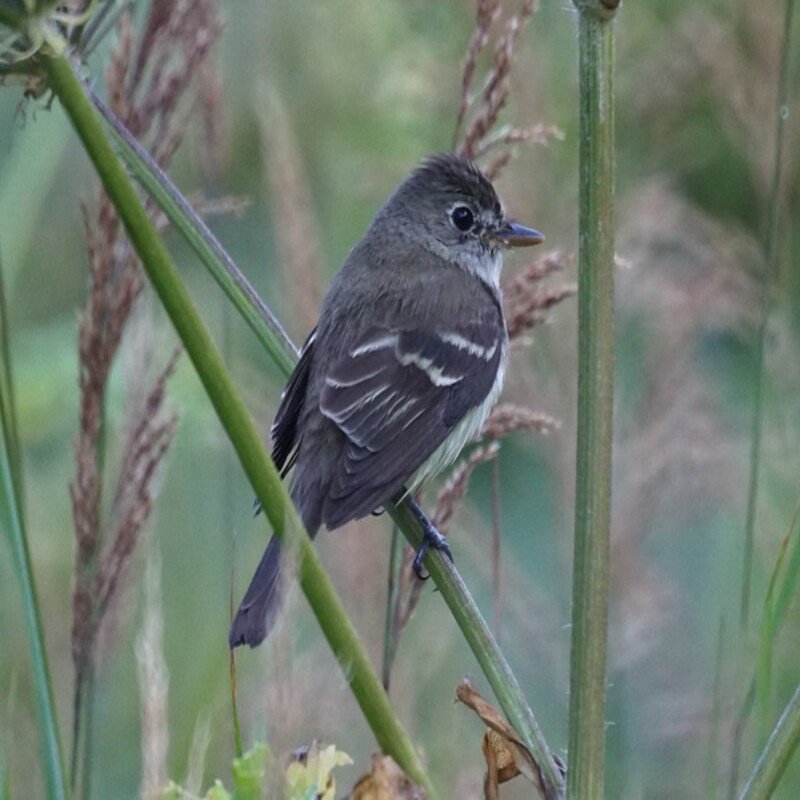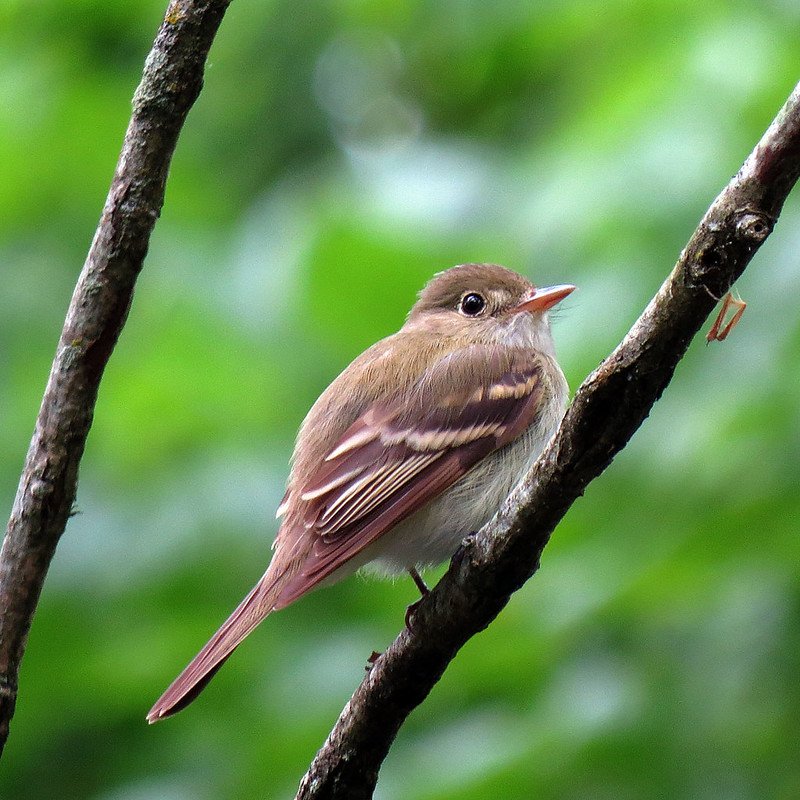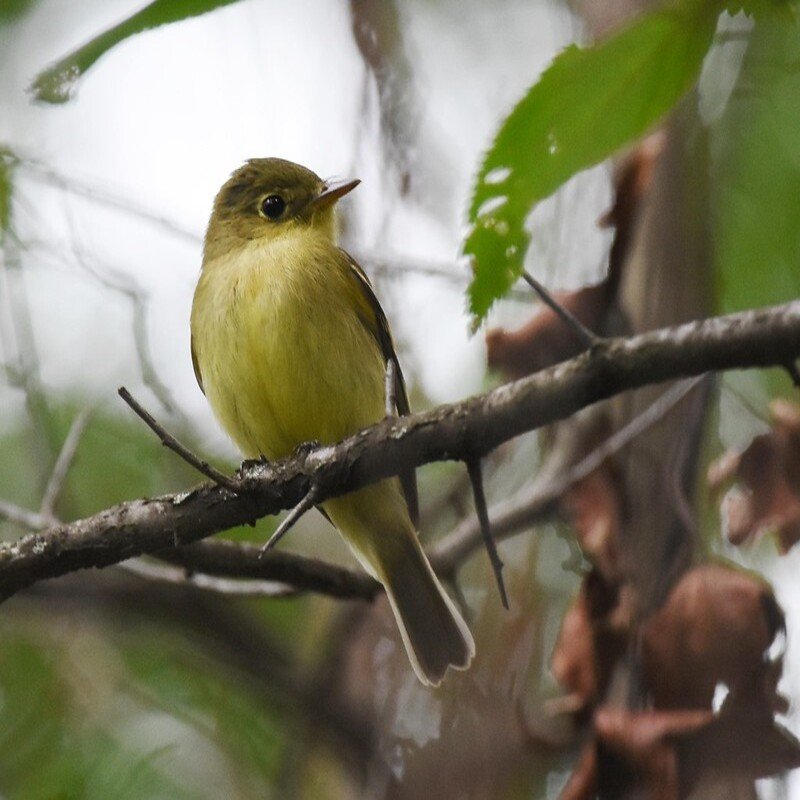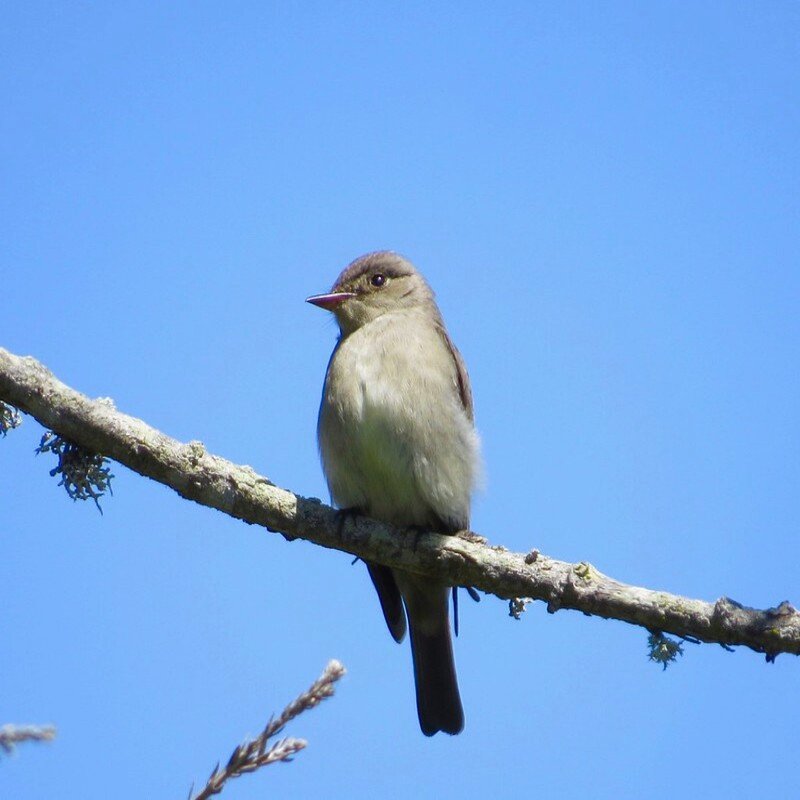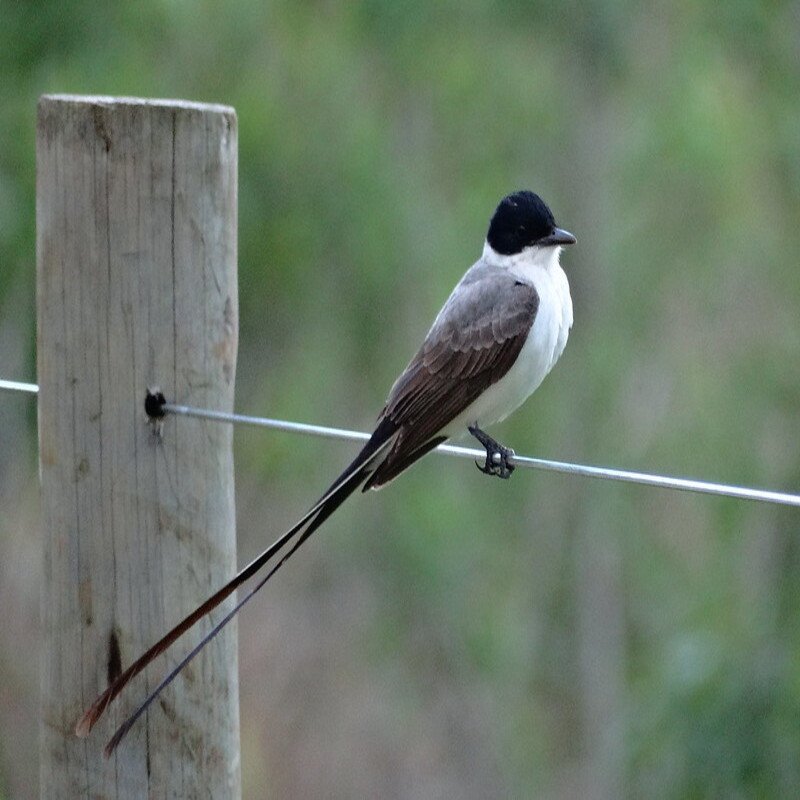Hammond’s flycatcher, Empidonax hammondii is a flycatcher species belonging to the Tyrannidae family. This little insectivorous bird is found in western North America’s coniferous and mixed woodlands. This bird is named after William Alexander Hammond, the US Army’s surgeon general. Hammond gathered specimens of birds for Spencer Fullerton Baird. Quick Overview: Empidonax Hammondii – Hammond’s […]
Empidonax Minimus – Least Flycatcher
The least flycatcher, Empidonax minimus is a little insect-eating bird (sometimes called chebec or checker due to the sound it makes). It is eastern North America’s tiniest Empidonax flycatcher. Due to the similarities in their songs and appearances, Hammond’s flycatcher was long believed to be the least flycatcher’s closest relative. However, mitochondrial DNA study revealed […]
Empidonax Traillii – Willow Flycatcher
The willow flycatcher, Empidonax traillii is a small insect-eating migrant bird found in the Neotropics. There are four recognized subspecies of willow flycatcher, all of which breed in North America (including three subspecies that breed in California). Quick Overview: Empidonax Traillii – Willow FlycatcherBody size: Around 5.75 in (15 cm) and a weight of 14 […]
Empidonax Alnorum – Alder Flycatcher
The alder flycatcher, Empidonax alnorum is a small insectivorous bird belonging to the family of tyrant flycatchers. Empidonax derives from the Ancient Greek empis, “gnat,” and anax, “master.” The specific epithet alnorum is Latin for “of the alders.” Quick Overview: Empidonax Alnorum – Alder FlycatcherBody size: Around 5.75 in (15 cm) and a weight of […]
Empidonax Virescens – Acadian Flycatcher
The Acadian flycatcher, Empidonax virescens is a small insectivorous bird belonging to the family of tyrant flycatchers. The Acadian flycatcher is migratory from the Neotropics. The Acadian flycatcher is a good flyer; it is incredibly nimble, capable of hovering and even reverse flight. Surprisingly, there is no scientific information about this bird’s hopping or walking. […]
Empidonax Flavive – Yellow-Bellied Flycatcher
The yellow-bellied flycatcher, Empidonax flaviventris is a small insectivorous bird belonging to the family of tyrant flycatchers. The song of the yellow-bellied flycatcher is a harsh, falling “tse-berk,” which is comparable to the more common least flycatcher’s snappier, more uniformly pitched “che-bek.” Quick Overview: Empidonax Flavive – Yellow-Bellied FlycatcherBody size: Around 5.5 in (14 cm) […]
Contopus Virens – Eastern Wood-Pewee
The eastern wood pewee, Contopus virens is a tiny North American tyrant flycatcher. Previously, this bird and the western wood pewee were treated as a single species. Both species are nearly identical in appearance and are most easily distinguished by their cries. Quick Overview: Contopus virens – Eastern Wood-PeweeBody size: Around 6.25 in (16 cm) […]
Contopus Sordidulus – Western Wood-Pewee
A little tyrant flycatcher is the western wood pewee (Contopus sordidulus). Adults have gray-olive upper parts with light underparts that are washed with olive on the breast. They have two wing bars as well as a dark bill with yellow at the base of the lower jaw. This bird resembles the eastern wood pewee in […]
Contopus Cooperi – Olive-Sided Flycatcher
The Olive-sided Flycatcher, Contopus cooperi is small to a medium-sized passerine bird that is a member of the Tyrannidae family of flycatchers. It is a migratory species that migrate from South America to North America in the summer to reproduce. It is an extremely agile flier that feeds primarily on flying insects. Quick Overview: Contopus […]
Tyrannus Savana – Fork-Tailed Flycatcher
The fork-tailed flycatcher,Tyrannus savana is a passerine bird in the tyrant flycatcher family. It is a member of the genus kingbirds. Fork-tailed flycatchers are named for their distinctively long forked tail. They are found in sparsely wooded or grassland habitats stretching from southern Mexico to Argentina. They are frequently observed resting on prominent perches, waiting […]


